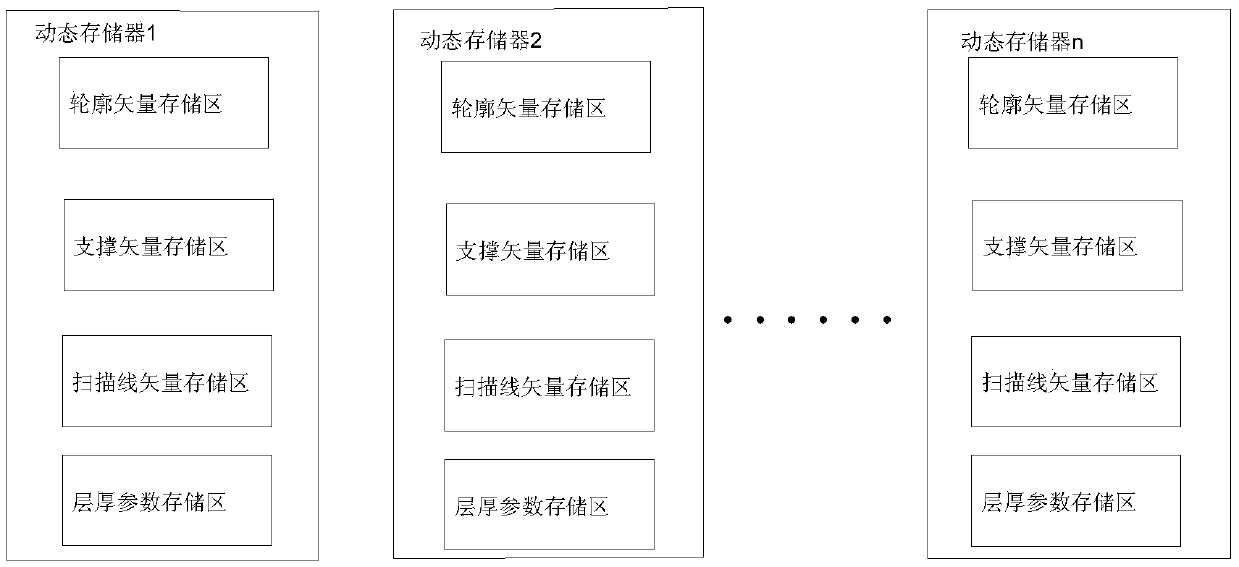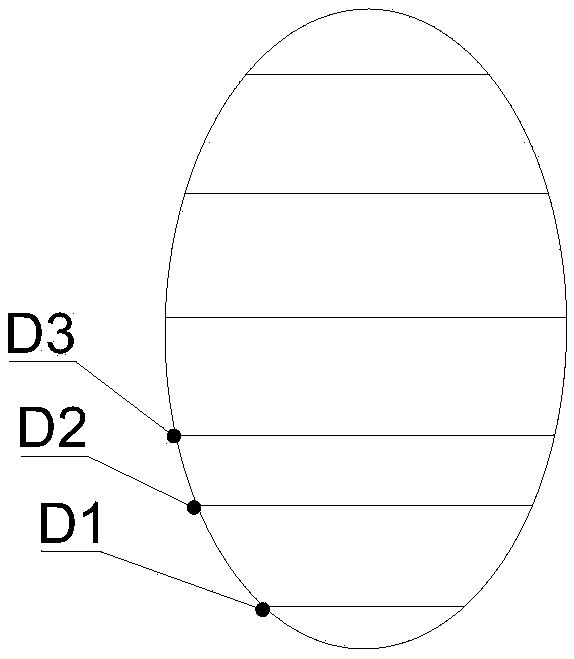Self-layer-thickness-adaptive slicing method and printing system
An adaptive layer and printing system technology, applied in additive manufacturing, 3D object support structure, processing data acquisition/processing, etc., can solve problems such as difficulty in meeting production efficiency and slow printing speed
- Summary
- Abstract
- Description
- Claims
- Application Information
AI Technical Summary
Problems solved by technology
Method used
Image
Examples
Embodiment 1
[0040] This embodiment provides an adaptive layer thickness slicing method, such as figure 1 As shown, it includes the following steps:
[0041] S1. Obtain the 3D model of the object to be printed; discretize the 3D model into d with the same layer thickness h 1 、d 2 ,... d n Layer model, storing the layer thickness of each layer model;
[0042] S2. Obtain the geometric center point of the three-dimensional model, and obtain a vertical line passing through the geometric center and parallel to the Z axis; centering on the vertical line, divide the three-dimensional model at the same angle to obtain several vertical slices;
[0043] S3. Discretize the vertical slice into several layers with the same layer thickness h, and obtain several comparison points on the contour line of the vertical slice;
[0044] S4. Connect two adjacent comparison points on each vertical slice to form a diagonal line, calculate the angle a between the diagonal line and the horizontal direction; and...
PUM
 Login to View More
Login to View More Abstract
Description
Claims
Application Information
 Login to View More
Login to View More - R&D
- Intellectual Property
- Life Sciences
- Materials
- Tech Scout
- Unparalleled Data Quality
- Higher Quality Content
- 60% Fewer Hallucinations
Browse by: Latest US Patents, China's latest patents, Technical Efficacy Thesaurus, Application Domain, Technology Topic, Popular Technical Reports.
© 2025 PatSnap. All rights reserved.Legal|Privacy policy|Modern Slavery Act Transparency Statement|Sitemap|About US| Contact US: help@patsnap.com



